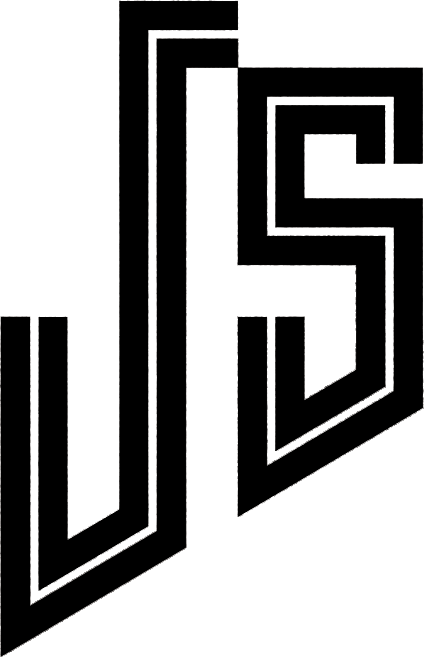Sports
What are the Best Recovery Strategies to Avoid Injury?
With so much information out there about exercise recovery, what to do, what not to do, and a multitude of different options- it can become quite confusing and overwhelming to decide Best Recovery Strategies to Avoid Injury. It’s important to remember that every person is different and unique. If you have found something that really works for you, then stick to it. However, if you are constantly struggling with injuries, aches, and pains, then I am going to guide you on the best tools you can use to optimise your recovery, leading to fewer injuries and ultimately performing better.
Firstly, what does exercise recovery mean? Recovery from exercise refers to the time period between the end of exercise and the subsequent return to a resting or recovered state. Most people do not value the importance of recovery and don’t allow their body time to reach this so-called recovered state. This often leads to overload, bodies that are in a highly stressed state which can often lead to injuries. Pain and injuries are complex and can be due to many different factors (sometimes factors out of our control), however, focusing on things that we can control, such as recovery, can often give our bodies the best chance to avoid injury.
Recovery strategies do not have to be complicated.
I am going to share my top FOUR tips on how to maximize your recovery from exercise:
1. MOBILITY. Due to our current lifestyles, our mobility is suffering- office jobs, endless hours of sitting, driving, cellphones, Netflix, etc.- we are moving less and our bodies are not required to explore large ranges of motion in our daily activities. Exploring only small ranges of motion leads to less mobility in our joints over time. It’s a simple principle of ‘use it or lose it’. Improving and maintaining your mobility will assist your body in moving more fluidly through daily activities, and exercise and ultimately help prevent injuries when we put our bodies under more load.
2. SLEEP. Sleep is underrated as a recovery tool. Sleeping is your body’s time to rest, repair, and recuperate. Aim for 7 to 8 hours per night. If you struggle to sleep, try to make your sleeping schedule more routine (going to bed and waking up at similar times) and turn off electronics 30 minutes to 1 hour before bed. Deep breathing or meditation may also assist in preparing the body for sleep.
3. NUTRITION. It’s so important to fuel your body with nutrient-rich food and enough of it. Especially if you are exercising frequently and at high intensities, food is your fuel for muscle and joint recovery. Hydration also forms part of nutrition. Water is so important for many reasons- it helps lubricate our joints, oxygenate our cells, and flush out waste products to name a few. Prioritize hydration and good nutritious food.
4. STRESS. Managing stress is vital, but not always an easy thing to achieve. Calming our sympathetic nervous system (fight or flight) is essential to allow for rest and recovery of the body. If we are constantly in a highly stressed state, our bodies are working in overdrive and not prioritizing rest and recovery. Stress management will look different for everyone. Find what works for you- gentle exercise (low impact), deep breathing, meditation, etc.
In conclusion, there is no single best recovery strategy. A holistic approach to recovery is the most effective strategy. It is important to note that pain and injuries cannot always be prevented; sometimes things happen that are out of our control. However, focusing on what you can control through the above recovery strategies can facilitate your body to function at its optimal state and therefore help in prevention. Figuring out what works best for your body is key. Use the above tools as a guide to get started and see your body thrive through exercise and performance.


